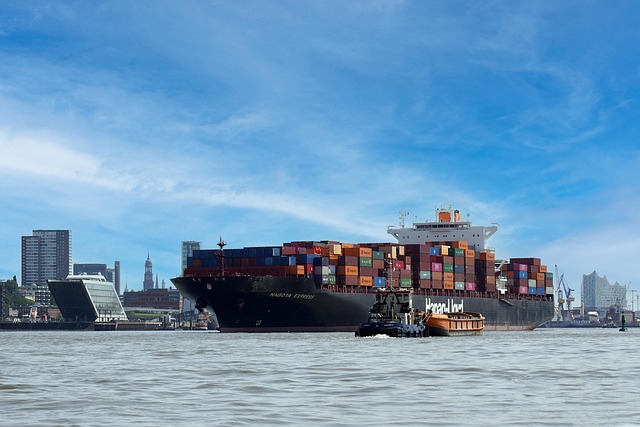Introduction: Rethinking Manufacturing with 3D Printing
Additive Manufacturing (AM), widely known as 3D printing, is fundamentally changing how products are designed, developed, and produced across countless industries. Unlike traditional subtractive methods that cut material away, AM builds objects layer-by-layer directly from digital models. This process, defined as joining materials to make parts from 3D model data, unlocks powerful capabilities for enhancing supply chain resilience, enabling rapid on-demand production, sophisticated customization, and flexible decentralized manufacturing.
Bolstering Supply Chain Resilience Against Disruptions

Supply chain resilience is the ability to withstand, adapt, and recover quickly from disruptions – whether they are geopolitical events, natural disasters, pandemics, or logistical bottlenecks. Traditional supply chains, often long and complex, are vulnerable to these shocks. Additive Manufacturing provides potent tools to mitigate these risks and build more robust, agile supply networks.
On-Demand Production: Reducing Lead Times and Inventory
A key strength of AM is producing parts precisely when and where they are needed. Instead of forecasting demand and holding vast inventories ('just-in-case'), businesses can shift towards a 'just-in-time' or even 'just-when-needed' model. This dramatically slashes lead times, minimizes inventory holding costs, and reduces the risk of stock obsolescence, especially for slow-moving or highly specialized parts.
Imagine an airline needing a specific, non-critical cabin component. Instead of waiting weeks for a part from a distant supplier and potentially grounding an aircraft, they could 3D print the required component locally within hours or days, ensuring faster turnaround and improved operational efficiency. Similarly, manufacturers of discontinued equipment can provide spare parts on demand without costly warehousing.
Decentralized Manufacturing: Production Closer to the Point of Need
AM facilitates decentralized, localized production. Companies can set up smaller, flexible manufacturing hubs closer to end-users or points of consumption. This 'digital inventory' approach – storing designs digitally and printing physically where needed – reduces reliance on complex global logistics, cuts transportation costs and emissions, and minimizes the impact of regional disruptions.
For instance, a global automotive company facing a port closure in one region could activate 3D printing facilities in another unaffected region to produce critical assembly jigs or even some end-use parts, maintaining production continuity and adapting swiftly to changing circumstances.
Unlocking Customization and Mass Personalization
Additive manufacturing excels at creating unique or highly customized products without the prohibitive tooling costs associated with traditional methods. This opens doors for mass personalization across various sectors, from healthcare (patient-specific surgical guides, implants) to consumer goods (personalized footwear, dental aligners) and aerospace (optimized, lightweight components).
Consider orthopedic surgery: using AM, surgeons can create precisely tailored implants based on a patient's specific anatomy derived from CT scans. This leads to better surgical outcomes, faster recovery times, and improved patient quality of life – a level of personalization impossible with mass-produced implants.
Sustainability Gains Through Reduced Waste
Compared to subtractive manufacturing, which often carves parts from larger blocks of material, AM typically generates significantly less waste by adding material only where needed. Many AM processes, particularly powder bed fusion technologies, also allow for the recycling and reuse of unfused material, further enhancing resource efficiency and reducing the environmental footprint of production.
Challenges and Strategic Considerations

Despite its transformative potential, adopting additive manufacturing involves navigating certain challenges:
- Initial investment costs for industrial-grade equipment and certified materials.
- Material selection currently less extensive than traditional manufacturing, though expanding rapidly.
- Scalability hurdles for extremely high-volume production compared to established methods.
- Need for specialized workforce skills in design for AM, operation, and post-processing.
- Ensuring consistent quality control and standardization across machines and locations.
- Protecting digital design files (intellectual property) from unauthorized replication.
Conclusion: Building Resilient Supply Chains with AM
Additive manufacturing is more than just a novel production technology; it's a strategic enabler for building more resilient, agile, and customer-centric supply chains. By facilitating on-demand production, localized manufacturing, and unprecedented customization, AM empowers businesses to better navigate uncertainty and gain a significant competitive edge. As the technology matures and integrates further into industrial workflows, its role in shaping the future of manufacturing and logistics will only grow.